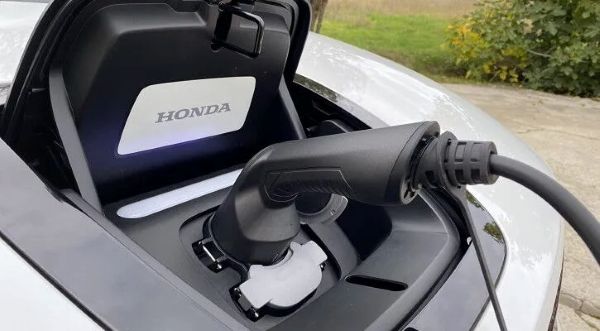


Charging into the Future: Why Mode 3 is the Smart Choice for EV Charging
Charging into the Future: Why Mode 3 is the Smart Choice for EV Charging
LiCB Charge, a leading EV charger manufacturer in China, offers dependable AC and DC electric vehicle charging stations along with comprehensive charging solutions.
As electric vehicles (EVs) become more common, understanding the different charging modes is essential for maximizing efficiency, safety, and convenience. Among the various options, Mode 3 charging stands out as the most widely adopted method for both public and home use.
From supermarket parking lots to private driveways, Mode 3 charging offers the ideal blend of speed, safety, and accessibility. In this article, we’ll break down what Mode 3 charging is, how its cables work, and why it’s a key part of today’s EV ecosystem.
Mode 3 charging refers to AC charging via a dedicated EV charging station connected directly to the electrical grid. Unlike Mode 1 or Mode 2 (which use standard household outlets), Mode 3 chargers feature built-in communication and safety protocols between the vehicle and the charger.
These systems typically use Type 2 connectors in Europe and many other regions, and Type 1 in North America. Mode 3 is now the standard for public charging stations and is increasingly common in homes thanks to its reliability and faster charging speeds.
A Mode 3 cable links the EV to the charging station and is more than just a cord. It enables two-way communication, allowing the charger to adjust current and ensure the battery is charged safely and efficiently.
Key features include:
Smart communication between the EV and charger
Enhanced safety, including fault detection and surge protection
Faster charging, supporting up to 22 kW
Broad compatibility with most EVs
Faster Charging Speeds
Mode 3 chargers deliver 7.4 kW to 22 kW, cutting charging time significantly. For example, a 7.4 kW charger adds about 30–40 km of range per hour—ideal for overnight or workplace charging.
Superior Safety
With built-in protections like ground fault detection and temperature control, Mode 3 chargers meet higher safety standards than standard outlets.
Widespread Availability
Found in public locations, commercial buildings, and private homes, Mode 3 chargers form the backbone of modern EV charging infrastructure.
Higher Upfront Cost
Installing a Mode 3 charger at home can cost between $1,000 and $2,500, including hardware and installation. However, government rebates and long-term savings on fuel often offset this.
Electrical Upgrades May Be Needed
Older homes may require a panel upgrade or dedicated circuit, adding to complexity and cost.
Slower Than DC Fast Charging (Mode 4)
While fast, Mode 3 can’t match the 20–30 minute top-up of Mode 4 DC chargers, which are better suited for highways and long trips.
| Feature | Mode 2 | Mode 3 | Mode 4 |
|---|---|---|---|
| Power Source | Household Outlet | Dedicated AC Charger | Dedicated DC Charger |
| Speed | Slow (2.3 kW) | Medium (7.4–22 kW) | Fast (50–350 kW) |
| Safety Features | Basic | Advanced | Highest |
| Use Case | Emergency/Home | Daily Charging | Long-Distance Travel |
When selecting a Mode 3 cable, consider:
Connector type (Type 1 or Type 2)
Length (3–10 meters, depending on your setup)
Power rating (e.g., 16A, 32A, or 22 kW)
Build quality, including weather resistance and carrying case
Mode 3 charging is the smart, safe, and efficient choice for daily EV charging. Whether at home, work, or in public, it offers a practical middle ground between the slow trickle of Mode 2 and the ultra-fast boost of Mode 4.
As EV adoption rises, installing or using a Mode 3 charger means you’re charging smarter—not just faster.Know more about Google SEO Directory
